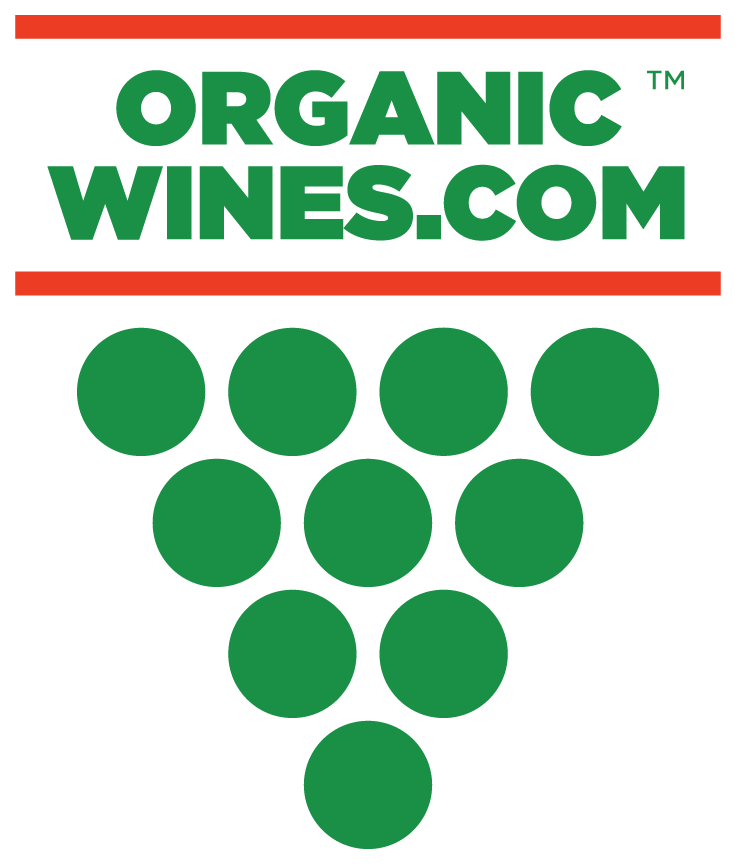
Although some traditional wine enthusiasts initially resisted the idea of low-alcohol wine, it has now become an intriguing prospect for various reasons.
The primary driving force behind the trend of low and no alcohol consumption is the increasing awareness among people about their dietary choices. The undeniable practical and nutritional advantages of reducing alcohol intake are evident, as evidenced by the millions of people who participate in Dry January each year.
Moreover, there is a noticeable shift among younger generations away from consuming stronger wines and spirits. Many are simply less interested and may seek to distinguish themselves from previous generations. Considering these factors, coupled with the fact that certain producers are beginning to excel in crafting low-ABV and non-alcoholic wines, it is no surprise that their popularity has surged.
There is a common misconception that wine with low or no alcohol content is simply grape juice. However, the reality is that wines with minimal alcohol content are typically produced using the same methods as standard wines with higher alcohol by volume (ABV), albeit with additional steps added to the winemaking process to eliminate alcohol from the final product.
Essentially, wine production revolves around the conversion of fruit sugars into alcohol through fermentation. Therefore, to create a wine with reduced alcohol content, winemakers may choose grapes with lower natural sugar levels or employ methods to remove ethanol from the wine post-production.
It's important to note that this hasn't always been the norm. There were years of subpar offerings before reaching this point. Thankfully, we have now reached a stage where producers regularly produce high-quality, enjoyable wines with lower ABV, catering to those seeking a healthier and more wholesome lifestyle.
One of the primary areas of uncertainty regarding low alcohol categories pertains to what exactly constitutes a low or no-alcohol wine. However, the criteria are relatively straightforward!
The designation 'Low/No' alcohol applies to any wine with an alcohol by volume (ABV) of 1.2% or lower. Achieving a 0% ABV wine is exceptionally challenging due to the intricate process of alcohol removal, and such a wine would likely lack the desirable mouthfeel associated with wine. Hence, the 1.2% allowance serves a practical purpose.
For those seeking wines with slightly reduced alcohol levels, but not as low as 1.2%, there are options available. Some wines boast significantly lower ABV levels compared to the usual range, typically falling between 7% and 12% ABV. This contrasts with standard dry white and red wines, which typically range from 12% to 15% ABV.
In closing, the world of non-alcoholic wines is evolving faster than a grapevine in a growth spurt! Despite initial skepticism, these wines are proving to be more than just grape juice in disguise. With clever winemakers mastering the art of crafting complex and flavorful options, the days of settling for lackluster substitutes are long gone. So, whether you're opting for a low ABV sipper or diving headfirst into the zero-alcohol realm, there's no need to whine about missing out. Cheers to enjoying the grape things in life, sans the buzz!
